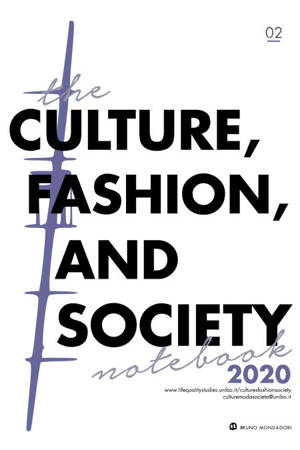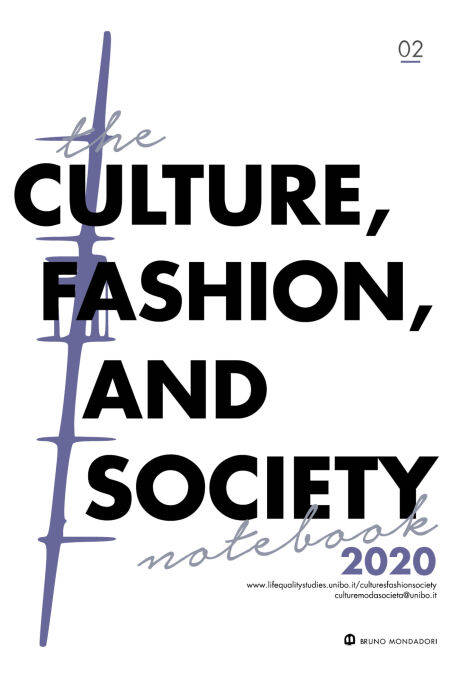
Je cadeautjes zeker op tijd in huis hebben voor de feestdagen? Kom langs in onze winkels en vind het perfecte geschenk!
- Afhalen na 1 uur in een winkel met voorraad
- Gratis thuislevering in België vanaf € 30
- Ruim aanbod met 7 miljoen producten
Je cadeautjes zeker op tijd in huis hebben voor de feestdagen? Kom langs in onze winkels en vind het perfecte geschenk!
- Afhalen na 1 uur in een winkel met voorraad
- Gratis thuislevering in België vanaf € 30
- Ruim aanbod met 7 miljoen producten
Zoeken
€ 2,99
+ 2 punten
Omschrijving
This essay presents some reflections (far from exhaustive) on research currently under way on "Fashion and Cultural Heritage".
The underlying historiographical hypothesis is that fashion history acts as a catalyst, metaphorically as a two-faced Janus, especially in the process
of building national fashion. A process in which on closer inspection, since the beginning of the 19th century, the desire to free the country from French vassalage calls into question any reference to the glorious national past of the Renaissance. In this sense, it is the orientation towards history that in fact forges all the development in question: it is the history that is needed to learn and to produce. That is to say, to know and recognise the roots of Italian character through a continuous process of identity formation on the one hand, and apply ing this knowledge to industrial production on the other, which became increasingly widespread after the unification of Italy, and which radicalised between the end of the 19th century and the beginning of the 20th century. And this does not relate so much to economic issues, but rather to political and cultural consciousnesses that, while yet to be reconstructed, allow us to understand among other things how fashion and costumes have helped to outline the varied universe of national heritage. A heritage expressed in the terms of Dominique Poulot, not only formed by objects but also by consciousnesses, such
as places of the public person, patriotic history and cultural identity.
The underlying historiographical hypothesis is that fashion history acts as a catalyst, metaphorically as a two-faced Janus, especially in the process
of building national fashion. A process in which on closer inspection, since the beginning of the 19th century, the desire to free the country from French vassalage calls into question any reference to the glorious national past of the Renaissance. In this sense, it is the orientation towards history that in fact forges all the development in question: it is the history that is needed to learn and to produce. That is to say, to know and recognise the roots of Italian character through a continuous process of identity formation on the one hand, and apply ing this knowledge to industrial production on the other, which became increasingly widespread after the unification of Italy, and which radicalised between the end of the 19th century and the beginning of the 20th century. And this does not relate so much to economic issues, but rather to political and cultural consciousnesses that, while yet to be reconstructed, allow us to understand among other things how fashion and costumes have helped to outline the varied universe of national heritage. A heritage expressed in the terms of Dominique Poulot, not only formed by objects but also by consciousnesses, such
as places of the public person, patriotic history and cultural identity.
Specificaties
Betrokkenen
- Auteur(s):
- Uitgeverij:
Inhoud
- Aantal bladzijden:
- 100
- Taal:
- Engels
Eigenschappen
- Productcode (EAN):
- 9788867742462
- Verschijningsdatum:
- 10/01/2021
- Uitvoering:
- E-book
- Beveiligd met:
- Digital watermarking
- Formaat:

Alleen bij Standaard Boekhandel
+ 2 punten op je klantenkaart van Standaard Boekhandel
Beoordelingen
We publiceren alleen reviews die voldoen aan de voorwaarden voor reviews. Bekijk onze voorwaarden voor reviews.









